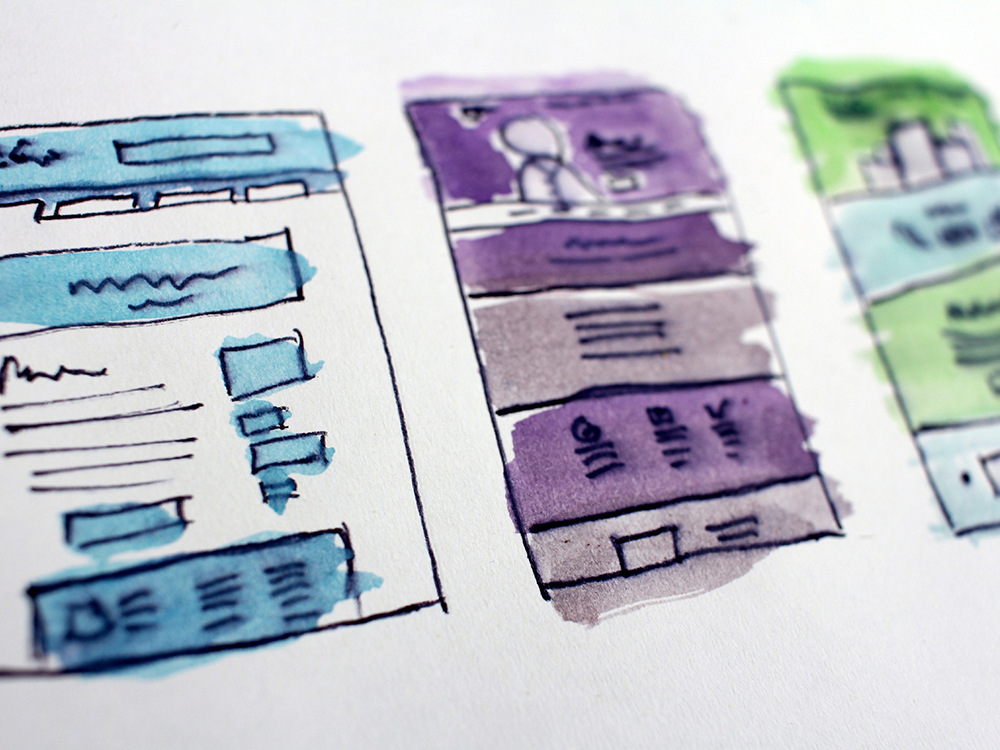10 Website Design Rules For Better User Experience
The design of your websites should give your visitors the greatest ease of use, the best impression and most important of all a welcoming experience.
A professional web designer is aware that there are many components which contribute to a good website design — accessibility design, interface or layout design and user experience design. Here are 10 important user experience rules to observe and make sure your website performs well.

1. Design of the website have to be focused on User Experience (UE)
The meaningful content is just one of the components in website development process, the other part is committed to designing, graphics and all interactive elements making this website valuable. Visitors often forget what they read about but they will remember how it made them feel.
2. Users scanned the website first, then read it
Making your website scannable will increase the attention to it and visitors will be interested to learn more.
3. Choosing the main color for your website – “Brand Color”
Every color has a specific meaning based on instincts or emotions. This is why when you are choosing the main color of your brand you need to think what feelings you would like to bring out when people arrive on your website.
4. Choosing another 1 to 2 accent colors to create a color map design for your website
The accent colors are important for the complete look of the website. They can be used to highlight secondary information on your web pages.
5. Choosing a background color to fully complete your website design look
The background color should make visitors feel comfortable when they spend time on your website.
6. Visitors to the website looking for a Clarity and Simplicity
The interface on the website depends on the purposes of the site. First, you should clarify what do you want people to see on your site, then make the design comprehensible for them by using visual effects and useful content.
7. Traditional design elements vs. creative one
Creative elements and usability of the website have to be in balance.
8. Building a website to be familiar with the audience
Identifying the audience of the website will help you to build and design the interface using suitable styles and elements for better visual effects.
9. Visual arrangement of the elements and typography
The most important elements have to be highlighted so people can focus their attention on them.
10. User Experience feature
User experience feature depends on factors such as original content, design elements, interface and emotional connection.